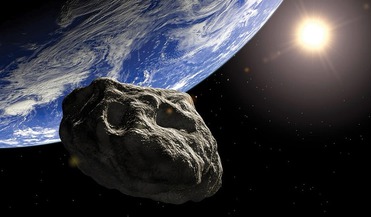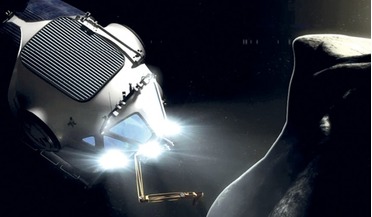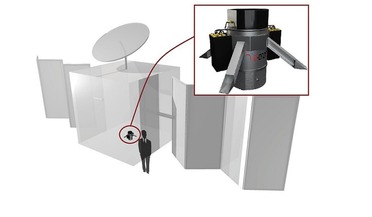 January 2023
Space sustainability imperative
January 2023
Space sustainability imperative
... and much more sophisticated modelling of the orbital debris population. Today it’s basically a free-for-all. We’re trying to regulate a 21st century space industry with tools and techniques that were developed in the 1960s based on international...
 March 2016
Building Confidence and Reducing Risk in Space Resources Policy
March 2016
Building Confidence and Reducing Risk in Space Resources Policy
... continuing supervision by the appropriate State Party to the Treaty’. States typically respond to this obligation through national regulations, laws and licensing regimes. The space resources provisions in the US Act did not establish any elements...
 May 2018
Why national space laws on the exploitation of resources of celestial bodies contradict international law
May 2018
Why national space laws on the exploitation of resources of celestial bodies contradict international law
... these resources is about to become feasible). But one thing remains clear: any unilateral legislation for the regulation of the exploitation of outer space resources lacks the respective jurisdiction of a state. It is therefore null and void. About...
 October 2015
Down to Earth: how to deorbit satellites and save money
October 2015
Down to Earth: how to deorbit satellites and save money
... the device and the extra weight present at launch. Then there is passivation. Satellites are required by international regulations to permanently deplete or in some way make safe all forms of stored energy — both propulsive and electrical — in order...
 August 2016
Big or small - aerospace innovates through constraints
August 2016
Big or small - aerospace innovates through constraints
... commercial satellites (and to that end commercial CubeSats) were recently removed from the International Traffic in Arms Regulations (ITAR) list in the US, any component with military origins (some of which seem completely benign) can still...
 September 2016
Moon or Mars - how logical is NASA’s next step?
September 2016
Moon or Mars - how logical is NASA’s next step?
...extended property rights into space and is writing new legal regulations for space activity. With the passage of the US commercial... least one space mining company, Planetary Resources. Regulation challenge The Dutch East India company created a class...